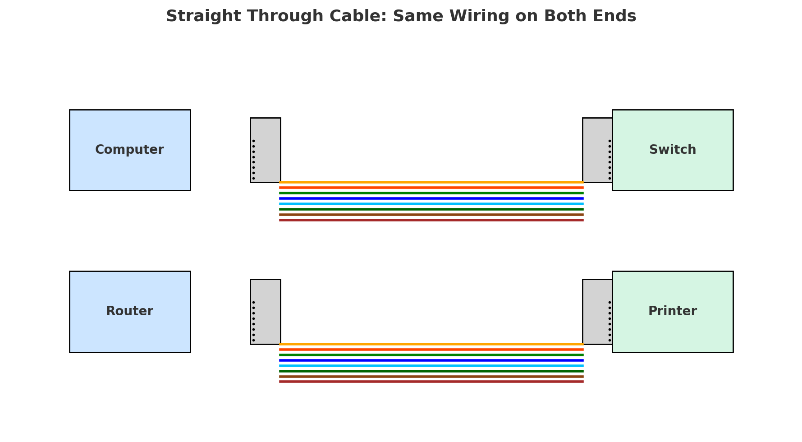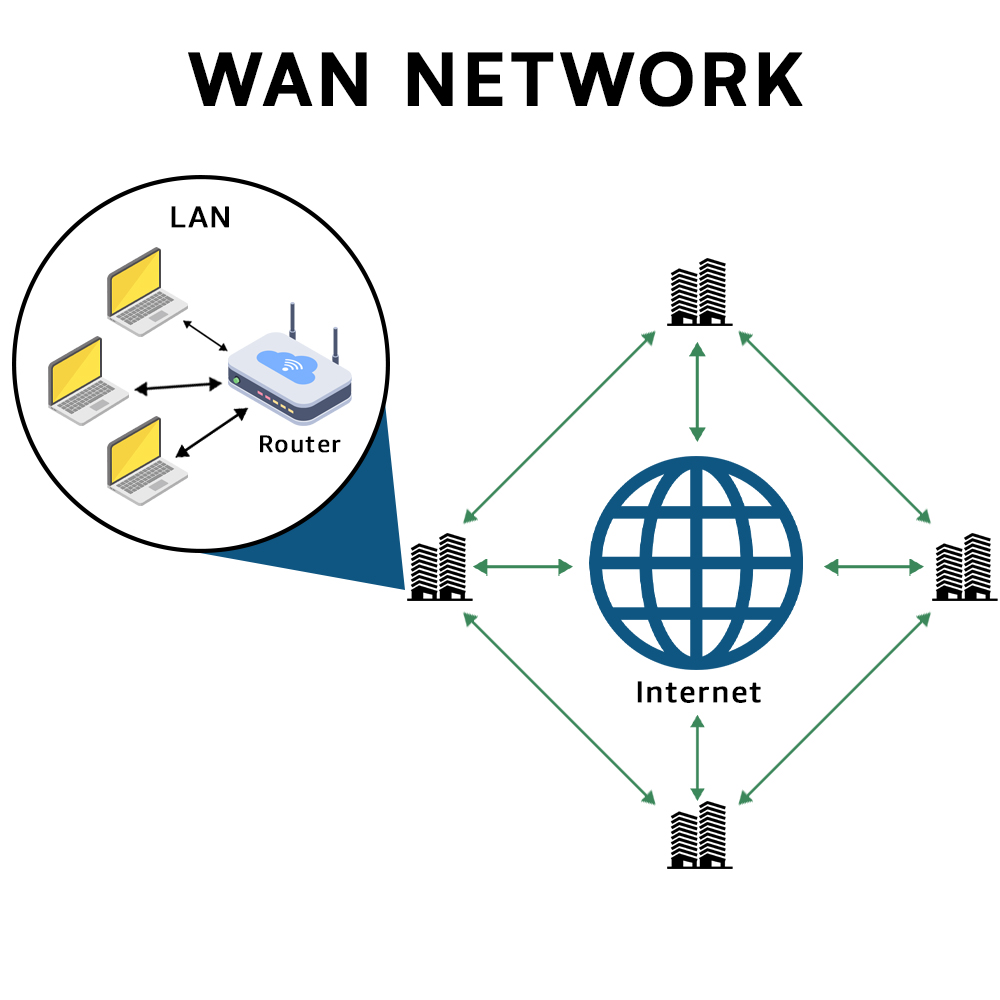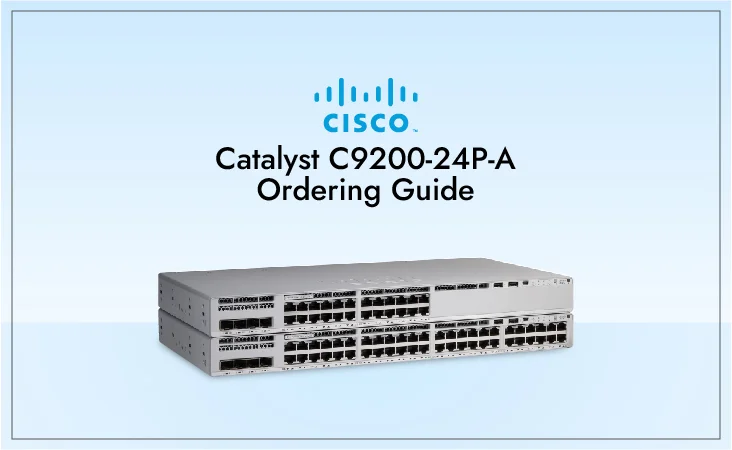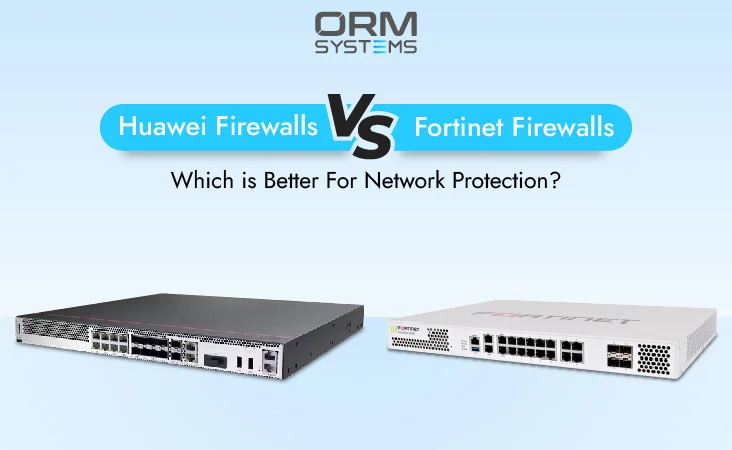POE+ vs POE++: Comparison Guide
Andrew.
Blog Summary
Power over Ethernet (PoE) technology has transformed network infrastructure by enabling data and power delivery over a single Ethernet cable. This technology is crucial for powering devices such as IP cameras, wireless access points, VoIP phones, and IoT devices. As
Hello etestgnignsHello etestgnignsHello etestgnignsHello etestgnigns
Hello etestgnignsHello etestgnignsHello etestgnignsHello etestgnignsHello etestgnignsHello etestgnignsHello etestgnigns
Hello etestgnignsHello etestgnignsHello etestgnignsHello etestgnignsHello etestgnignsHello etestgnignsHello etestgnignsHello etestgnignsHello etestgnignsHello etestgnigns
Hello etestgnigns
Hello etestgnignsHello etestgnignsHello etestgnignsHello etestgnignsHello etestgnigns
Hello etestgnignsHello etestgnignsHello etestgnigns
Hello etestgnignsHello etestgnignsHello etestgnigns
Didn’t find the product you’re looking for?

POE+ vs POE++: Comparison Guide

Debt Management Guide
-
Debt Management Guide
-
How Debt Affects Your Credit
-
Debt Management Guide
-
How Debt Affects Your Credit
-
-
How to Get Out of Debt
Introduction
Power over Ethernet (PoE) technology has transformed network infrastructure by enabling data and power delivery over a single Ethernet cable. This technology is crucial for powering devices such as IP cameras, wireless access points, VoIP phones, and IoT devices. As the demand for higher power and more advanced devices increases, PoE standards have evolved. This guide will compare PoE+ (IEEE 802.3at) and PoE++ (IEEE 802.3bt) standards, focusing on their specifications, applications, and implications for network infrastructure. This blog explores the capabilities of Cisco PoE switches, reliable and scalable network. By understanding the differences between PoE+ and PoE++ and selecting the right Cisco PoE switches, you can ensure your network meets current and future demands efficiently and effectively.
What is a PoE?
Power over Ethernet (PoE) is a technology that allows both data and electrical power to be transmitted over a single Ethernet cable. This innovation simplifies the installation and deployment of network devices by eliminating the need for separate power sources. PoE enables devices such as IP cameras, wireless access points, VoIP phones, and IoT devices to receive power from the same Ethernet cable used for data transmission, reducing clutter and infrastructure costs. The original PoE standard, IEEE 802.3af, provided up to 15.4 watts of power per port, while the enhanced PoE+ standard, IEEE 802.3at, increased the power delivery to 25.5 watts per port. With PoE, network administrators can easily deploy and manage devices in locations where access to power outlets may be limited or impractical, making it an essential technology for modern networking infrastructure. Build a Reliable Network Today! Straight through Ethernet cables are the backbone...
Understanding the PoE Standards
The evolution of PoE standards has been driven by the increasing power demands of network devices and the need for greater efficiency and compatibility. The Institute of Electrical and Electronics Engineers (IEEE) has developed several standards to address these requirements.
IEEE 802.3af (PoE)
IEEE 802.3af, commonly known as PoE or PoE Standard, was the first standardized PoE solution introduced in 2003. It provides up to 15.4 watts of DC power per port and operates over Category 5 (Cat5) or higher Ethernet cables. PoE is suitable for powering low-power devices such as VoIP phones, IP cameras, and access points.
IEEE 802.3at (PoE+)
As network devices became more sophisticated and power-hungry, the IEEE introduced an enhanced PoE standard known as IEEE 802.3at, or PoE+. Ratified in 2009, PoE+ increases the power delivery capability to 25.5 watts per port. This higher power output supports devices with greater power requirements, such as PTZ cameras, advanced wireless access points, and video phones.
IEEE 802.3bt (PoE++)
With the proliferation of high-power devices and the emergence of new applications such as digital signage and high-performance access points, the IEEE developed IEEE 802.3bt, also known as PoE++. Ratified in 2018, PoE++ introduces two new power levels:
- Type 3: capable of delivering up to 60 watts per port.
- Type 4: capable of delivering up to 100 watts per port.
PoE++ significantly expands the range of devices that can be powered over Ethernet, including high-power access points, pan-tilt-zoom cameras, laptops, and IoT devices. Build a Reliable Straight through Ethernet cables are the backbone...
Key Components of PoE
To understand how PoE works, it's essential to grasp its key components:
- Power Sourcing Equipment (PSE): This device, typically a PoE-enabled switch or injector, supplies power to the Ethernet cable.
- Powered Device (PD): Any device that receives power over Ethernet, such as IP cameras, access points, and VoIP phones.
- Ethernet Cable: The medium through which both data and power are transmitted. Cat5e, Cat6, or Cat6a cables are commonly used for PoE applications.
Build Three
Straight through Ethernet cables are the backbone...
Benefits of PoE
- Simplicity: PoE eliminates the need for separate power cables, reducing installation complexity and cost.
- Flexibility: Since PoE-enabled devices are not constrained by their proximity to power outlets, users can arrange their devices more freely.
- Scalability: PoE simplifies network expansion and reconfiguration by enabling the easy addition of powered devices without the need for additional power infrastructure.
- Reliability: PoE systems are designed to be robust and reliable, with safeguards against power surges and other electrical disturbances.
Cisco PoE Switches Overview
Cisco is a leading provider of networking equipment, including a wide range of PoE switches designed to meet various network demands. Below, we'll explore some key models and their features.
Cisco 24 Port PoE Switch
Cisco’s 24 port PoE switches offer a balance of performance and power for mid-sized networks. These switches are ideal for small to medium-sized enterprises, providing robust connectivity and power for a variety of devices.
Key Models and Features
|
Model |
Power Budget |
PoE Standard |
Features |
|
Up to 370 watts |
PoE+ |
Layer 2 and 3 features, scalability, and security |
|
|
Up to 370 watts |
PoE+ |
Compact design, cost-effective, basic features |
Cisco PoE 48 Port Switch
For larger networks, Cisco’s 48 port PoE switches offer extensive connectivity and power capacity, supporting a greater number of devices and higher power demands.
Key Models and Features
|
Model |
Power Budget |
PoE Standard |
Features |
|
Cisco Catalyst 9300 |
Up to 1440 watts |
PoE++ |
Advanced security, high performance, modular |
|
Cisco Catalyst 3850 |
Up to 775 watts |
PoE+ |
Converged wired and wireless access, scalability |
|
Cisco 2960-X |
Up to 740 watts |
PoE+ |
Energy-efficient, reliable, and feature-rich |
PoE+ vs PoE++: In-Depth Comparison
Table 1 lists the technical specifications of PoE+, PoE++, and their underlying standards.
|
Feature |
PoE (802.3af) |
PoE+ (802.3at) |
PoE++ Type 3 (802.3bt) |
PoE++ Type 4 (802.3bt) |
|
Maximum Power to PD |
15.4 watts |
25.5 watts |
60 watts |
100 watts |
|
Voltage Range |
44-57 V |
50-57 V |
50-57 V |
50-57 V |
|
Maximum Current |
350 mA |
600 mA |
600 mA (per pair) |
960 mA (per pair) |
|
Pairs Used |
2 pairs |
2 pairs |
4 pairs |
4 pairs |
|
Maximum Cable Length |
100 meters |
100 meters |
100 meters |
100 meters |
|
Applications |
VoIP phones, simple cameras |
PTZ cameras, advanced APs |
High-power APs, digital signage |
High-power APs, laptops, and high-performance devices |
Power Capacity
The most significant difference between PoE+ and PoE++ is the power capacity. PoE+ provides up to 25.5 watts per port, which is sufficient for most medium-power devices. In contrast, PoE++ can deliver up to 60 watts (Type 3) or 100 watts (Type 4) per port, accommodating high-power devices like advanced wireless access points, digital signage, and even some laptops. Table 2 gives a little briefing about the power capacity of poe+ and poe++ switches:
|
PoE Standard |
Maximum Power Output per Port |
|
PoE+ (IEEE 802.3at) |
Up to 25.5 watts |
|
PoE++ Type 3 (IEEE 802.3bt) |
Up to 60 watts |
|
PoE++ Type 4 (IEEE 802.3bt) |
Up to 100 watts |
Device Compatibility
PoE+ can power devices such as VoIP phones, PTZ cameras, and mid-range access points. PoE++ expands this capability to include high-performance wireless access points, larger and more complex IP cameras, digital signage, and high-powered IoT devices.
Table 3 lists the device compatibility comparison between Poe+ and Poe++:
|
Device Compatibility |
PoE+ (IEEE 802.3at) |
PoE++ (IEEE 802.3bt) |
|
VoIP Phones |
✓ Suitable for powering standard VoIP phones. |
✓ Can power standard VoIP phones. |
|
IP Cameras |
✓ Supports basic IP cameras with moderate power requirements. |
✓ Supports larger and more advanced IP cameras. |
|
Wireless Access Points |
✓ Can power basic wireless access points. |
✓ Suitable for high-performance wireless APs. |
|
IoT Devices |
✓ Compatible with IoT devices requiring moderate power. |
✓ Can power high-power IoT devices. |
|
Digital Signage |
✗ Not suitable for powering high-power digital signage. |
✓ Can power digital signage with higher power needs. |
|
Laptops |
✗ Not suitable for powering laptops. |
✓ Some PoE++ switches can power laptops. |
Cable Infrastructure
Both PoE+ and PoE++ can use Cat5e cables; however, for optimal performance and to handle the higher power of PoE++, Cat6 or Cat6a cables are recommended. This ensures minimal power loss and maintains the quality of data transmission over longer distances.
Table 4 compares the cable infrastructure between Poe+ and Poe++ below:
|
Cable Infrastructure |
PoE+ (IEEE 802.3at) |
PoE++ (IEEE 802.3bt) |
|
Cable Types |
Cat5e, Cat6, and Cat6a |
Cat5e, Cat6, and Cat6a |
|
Maximum Cable Length |
100 meters |
100 meters |
|
Recommended Cable |
Cat6 or Cat6a for |
Cat6 or Cat6a for |
|
optimal performance |
optimal performance |
|
|
Power Loss |
Minimal |
Minimal |
|
Over Longer Distances |
- |
- |
Cost Implications
Upgrading to PoE++ can be more costly than PoE+ due to the higher power requirements and the need for better cabling infrastructure. However, the ability to power more advanced devices and the potential for greater network efficiency can justify the investment.
How Does PoE work?
Power over Ethernet (PoE) is a technology that allows Ethernet cables to carry electrical power, along with data, to remote devices. This capability simplifies network infrastructure by eliminating the need for separate power cables, outlets, and adapters, making installation and management more efficient. Here's a detailed explanation of how PoE works, covering its components, operation, and advantages.
Components of PoE
Power Sourcing Equipment (PSE): The devices that provide power to the Ethernet cable. PSE can be PoE-enabled network switches (such as Cisco PoE switches) or PoE injectors.
Powered Devices (PD): The devices that receive power over the Ethernet cable. Common examples include IP cameras, VoIP phones, wireless access points, and IoT devices.
Ethernet Cable: Typically Cat5e, Cat6, or higher, which transmits both data and power. The cable consists of twisted pairs of copper wires that carry electrical signals.
How PoE Works: The Process
Detection
When a PoE-capable PSE (like a PoE switch) is connected to a network device, it first performs a detection process to determine if the connected device is PoE-compatible. This is done by sending a low voltage signal to the connected device. If the device is PoE-compatible, it will respond accordingly, indicating it can accept power over Ethernet.
Classification (Optional)
After detection, the PSE may perform a classification process to identify the power class of the PD. This helps the PSE allocate the appropriate amount of power to the PD. The IEEE 802.3af/at standards define several power classes (Class 0 to Class 4), each corresponding to different power levels.
Power Delivery
Once the PD is detected and classified, the PSE begins to deliver power. The power is sent over the Ethernet cable using the spare pairs (in 10BASE-T and 100BASE-T networks) or the data pairs (in 1000BASE-T and above networks). There are two main methods for delivering power:
- Alternative A (End-Span): Power is delivered over the data pairs (pins 1, 2, 3, and 6).
- Alternative B (Mid-Span): Power is delivered over the spare pairs (pins 4, 5, 7, and 8).
Power Maintenance
During operation, the PSE continuously monitors the power consumption of the PD to ensure it is within acceptable limits. If the PD disconnects or stops drawing power, the PSE will stop delivering power to prevent damage to the cable or the PSE itself.
Power Removal
When a PD is no longer needed or is unplugged, the PSE stops delivering power. This ensures that no power is wasted and reduces the risk of overheating or other issues.
Power Classes
Table 5 lists some power classes of poe+ and poe++ below:
|
Class |
Power Level (Watts) |
Description |
|
0 |
0.44 to 12.95 |
Default (unclassified) |
|
1 |
0.44 to 3.84 |
Very low power devices |
|
2 |
3.84 to 6.49 |
Low power devices |
|
3 |
6.49 to 12.95 |
Mid power devices |
|
4 |
12.95 to 25.5 |
High power devices (PoE+) |
|
5 |
40 to 60 |
Very high power devices (PoE++ Type 3) |
|
6 |
60 to 100 |
Ultra high power devices (PoE++ Type 4) |
Below are detailed lists of Cisco products that support PoE+ and PoE++ features, organized in tables 6 and 7.
Cisco Products Supporting PoE+ (IEEE 802.3at)
|
Product Series |
Model |
Number of Ports |
Maximum PoE Power Budget |
Key Features |
|
Cisco Catalyst 2960-X |
24 |
370W |
Energy-efficient, Layer 2 and Layer 3 features, reliable performance |
|
|
Cisco Catalyst 2960-X |
48 |
740W |
Advanced security features, scalable, energy-efficient design |
|
|
Cisco Catalyst 3560-CX |
12 |
240W |
Compact design, suitable for small networks, Layer 2 and Layer 3 switching |
|
|
Cisco Catalyst 3850 |
24 |
435W |
Converged wired and wireless access, modular, high performance |
|
|
Cisco Catalyst 3850 |
48 |
775W |
Unified access, advanced QoS, comprehensive security features |
|
|
Cisco Catalyst 9200 |
24 |
370W |
Cost-effective, reliable Layer 2/3 switching, advanced security |
|
|
Cisco Catalyst 9200 |





.webp)






